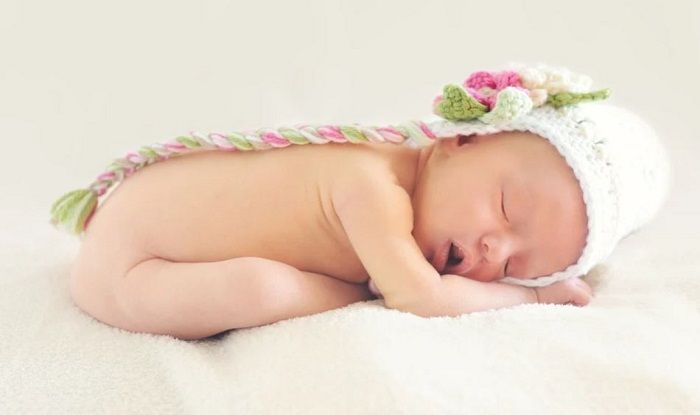A child’s skin is different from ours. It is thinner than an adult’s skin. Babies’ skin contains fewer lipids and more acidic thus it is prone to various types of infections. Some of them are eczema, diaper rash, infant acne, cradle cap, heat rash. Here, we will explain each one of them for you and will also tell you how to manage or treat the conditions. Read on.
Eczema
Eczema is a skin condition that makes the skin turns dry, red, and itchy. It can happen either on the whole body or only in a few spots. In infants, eczema mainly affects the arms, legs, face, and scalp. It is found that children having eczema often lack a special protein called flagging in the outer layer of the skin. It acts as a barrier between the skin and the environment. Eczema can go away with time or it can become a lifelong condition. A few preventive measures and treatment options can be incorporated to support skin health. Here is what you need to do.
1. Make your child bath daily or every alternative day for at least 5 – 10 mines. Use gentle non – soap cleansers in sweat prone areas like the armpit groin and the neck. Moisturize well on damp skin.
2. Avoid itchy clothes for your child.
3. Make your child drink a lot of water which will make the kid’s skin moisturized.
4. Long nails may contain germs and cause itching which can even worsen the situation. Keep your child’s fingernails short and trim their fingernails regularly.
5. Keep your child sweat-free. Sweat leads to rashes and itching.
6. Look for foods that cause allergies to your child and avoid them.
7. Don’t use heavily scented soaps or shampoos for your child.
8. Prevent your child from scratching the itches. It can cause open sore which may lead to another infection. Trim your child’s fingernail regularly.
9. Minimize your child’s excessive exposure to heat
10. Bleach bath is effective.
11. Regular checkups and using proper medication is very important.
Diaper rash
Diaper rash occurs due to stuck urine in the tight diapers and prolonged wearing of diapers. The moisture in the diapers causes rashes. It can be avoided or treated. Here is what you need to do:
1. Frequently changing of diapers.
2. Before changing the diaper wash your hands thoroughly.
3. Choose mild wipes.
4. Instead of rubbing, gently pat the area dry.
5. Before putting on a new diaper, check that the area is clean and dry.
6. Check the diaper at regular intervals.
Infant acne
Infant acne majorly occurs when a baby’s mother’s hormones present in her blood circulating inside the baby instigates the baby’s oil-producing glands. It causes pimples in the cheek, chin, eyelids and forehead. Pimples sometimes also appear in the head, upper chest, neck, and back.
Treatments:
1. Don’t squeeze or scrub the acne
2. Avoid using soaps or lotion.
3. Clean the area with warm water two times a day.
4. Avoid using creams or ointments meant for treating adults acne
5. Consult the doctor for some baby-safe products.
Cradle cap
Cradle caps are crusty, oily, yellow, scaly patches on the head of infants that are not itchy or painful but hard to remove. The cause behind cradle caps is still unknown. It is maybe because of the hormones that pass to the baby from the mother. This hormone causes the production of sebum in large quantities in the oil glands and hair follicles. It is not contagious or harmful to the body.
Treatment:
1. Shampooing the baby’s hair regularly and loosening the scales with the help of a soft-bristled brush before shampooing can help.
2. Gently rub the baby’s scalp with your finger helps in loosening the scales.
3. Use petroleum jelly for loosening the scales if it is stuck.
Heat rashes
Heat rashes are red bumps on the skin that are itchy. They occur when the sweat glands are clogged by excessive sweating. It is common in the summers. Tight clothes can make it worse.
Treatment:
1. Avoid tight clothes for your child.
2. Don’t use thick lotions that clog the pores.
3. Keep the skin cool and dry.
4. When you see the first sign of rash move your child to a cool place
5. Regularly clean the folds of the skin
